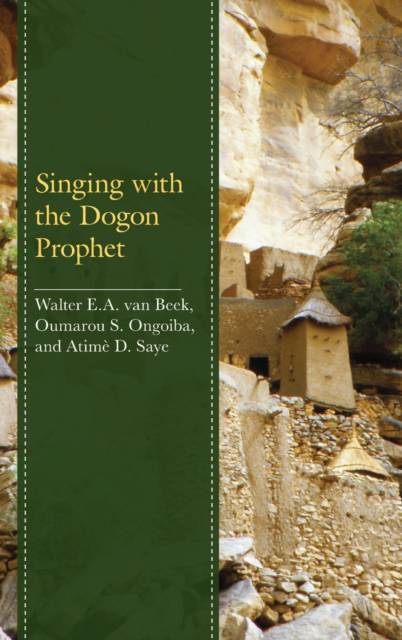
- Afhalen na 1 uur in een winkel met voorraad
- Gratis thuislevering in België vanaf € 30
- Ruim aanbod met 7 miljoen producten
- Afhalen na 1 uur in een winkel met voorraad
- Gratis thuislevering in België vanaf € 30
- Ruim aanbod met 7 miljoen producten
Zoeken
Singing with the Dogon Prophet
Walter E a Van Beek, Oumarou S Ongoiba, Atimè D Saye
Hardcover | Engels
€ 169,45
+ 338 punten
Omschrijving
As one of their great figures, the Dogon of Mali honor Abirɛ, a singer and prophet from the nineteenth century who composed the principal mourning songs. This book examines how these prophecies and songs form a poignant expression of ethnic Dogon philosophy.
Specificaties
Betrokkenen
- Auteur(s):
- Uitgeverij:
Inhoud
- Aantal bladzijden:
- 262
- Taal:
- Engels
Eigenschappen
- Productcode (EAN):
- 9781793654250
- Verschijningsdatum:
- 25/04/2022
- Uitvoering:
- Hardcover
- Formaat:
- Genaaid
- Afmetingen:
- 152 mm x 229 mm
- Gewicht:
- 526 g

Alleen bij Standaard Boekhandel
+ 338 punten op je klantenkaart van Standaard Boekhandel
Beoordelingen
We publiceren alleen reviews die voldoen aan de voorwaarden voor reviews. Bekijk onze voorwaarden voor reviews.








